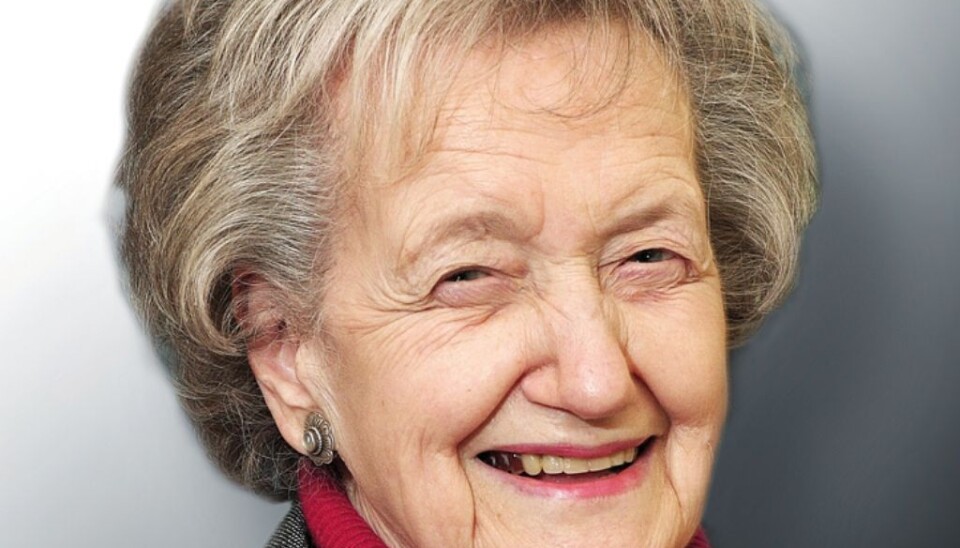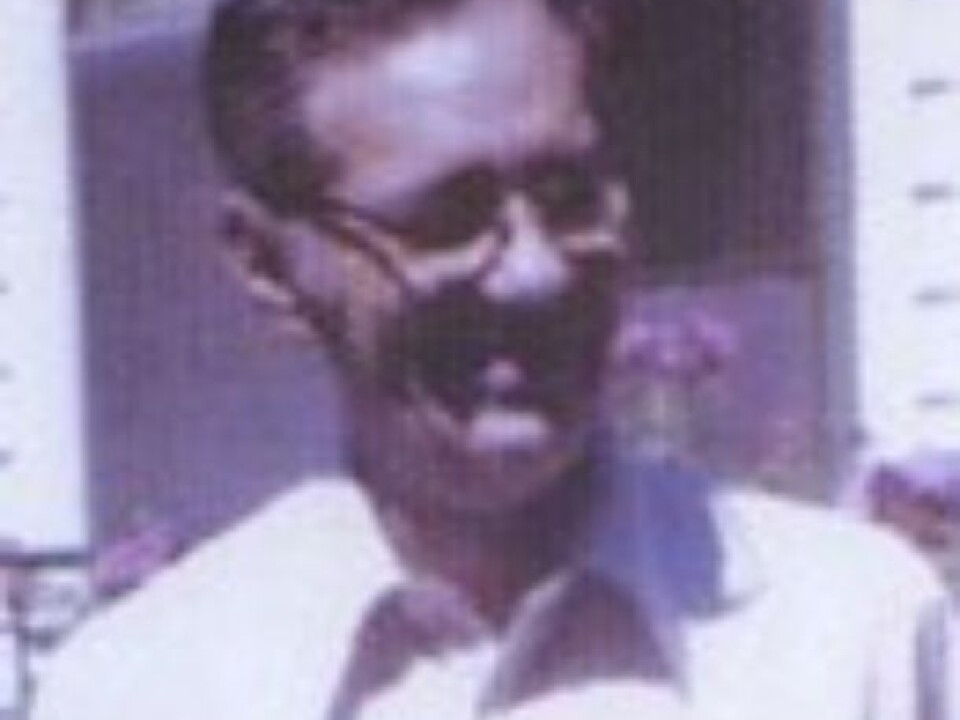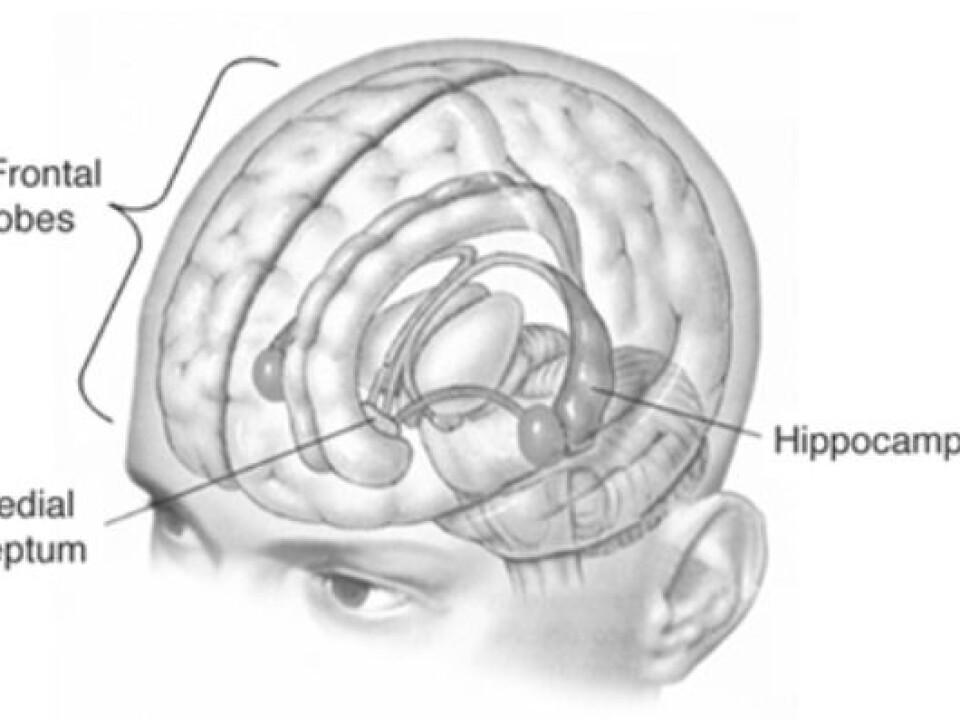
Pioneer neuropsychologist wins Kavli Prize
Brenda Milner brought about one of the most notable discoveries made in research on human memory. She has been awarded the Kavli Prize for Neuroscience together with John O’Keefe and Marcus E. Raichle.
Denne artikkelen er over ti år gammel og kan inneholde utdatert informasjon.
In 1953, Henry Molaison was admitted to a hospital for drastic surgery, an extensive lobotomy. Doctors hoped to end the violent epileptic seizures that he’d suffered since the age of seven.
This operation would have an epic impact on Molaison and our entire understanding of how memory works.
Henry Molaison, or patient HM as he would be known in textbooks, woke up with his intellect and personality intact. But he had lost the ability to store new memories.
HM experienced the world afresh every day until his death in 2008.
Milner’s research on brain regions

Kavli laureate and neuropsychologist Brenda Milner started her work with Molaison soon after his operation.
By testing Molaison’s memory and motor skills, Milner found that the patient could acquire some types of skills, for instance he still had motor learning.
In one of the experiments Milner conducted with Molaison in a three-day period, he was submitted to motor tasks to see what kind of learning abilities he still had.
The test involved tracing a drawing of a star by looking at what he was doing in a mirror.

Molaison did not remember what he had done in the last three days, but he became more proficient at the drawing task as time passed. His working memory and procedural memory were intact.
During Molaison’s lobotomy in 1953 surgeons had removed much of the hippocampus and amygdaloid complex from both the left and right hemispheres.
Milner’s experiments revealed that the hippocampus plays an essential role in the storage of memory. Molaison had not lost his ability to speak, his perception or early childhood memories, and he could also retain new memories short term.
These experiments led Milner to speculate on whether we have several types of memory and learning which are specific to particular parts of the brain.
She published her first research paper on the subject in 1957 along with William Scoville, the neurosurgeon who operated on him. It had a huge impact on our understanding of memory.
Researchers scrambled for opportunities to learn first-hand about Henry Molaison’s brain and, fortunately, he never tired of hearing the same questions and doing repeated tests, time and again.
“This opened up one of the most active fields of research in neuroscience. Without H.M. we would not have located such cognitive functions to specific places in the brain,” said brain researcher and director of the Kavli Institute Edvard Moser to forskning.no in connection with Molaison’s death in 2008.
“His amnesia opened the door to completely new ways of understanding the brain.”
Brenda Milner published several articles down through the years, based on her experiments with Henry Molaison.
This research is legendary and inspired the movie Memento from 2000, in which the protagonist has lost the ability to form new memories.
A pioneer
Brenda Milner has contributed enormously to our current understanding of the roles played by different brain regions for processing memory and organising information.
She discovered that some regions are specialised for formation of memory and other cognitive functions. Milner has also made comparable breakthroughs regarding brain regions associated with planning and organising behaviour patterns.
Her research has impacted the development of procedures for examining and diagnosing patients with brain injuries and other neurological impairments, mentions the jury who awarded the prize.
Nobel Laureate Erik Kandel says Brenda Milner has pioneered her own field of research, cognitive neuroscience. This is an amalgamation of neurology and psychology, which historically have had a tendency to reside in separate hemispheres, much more disconnected than the two halves of the brain.
She has more recently used functional magnetic resonance imaging (fMRI) to study the brain activities of healthy test subjects to identify brain regions associated with language and navigational memory.
Brenda Milner, John O’Keefe and Marcus E. Raichle receive the Kavli Prize in Neuroscience of 2014 for the discovery of specialised brain networks for memory and cognition.
------------
Read the Norwegian version of this article at forskning.no
Translated by: Glenn Ostling































